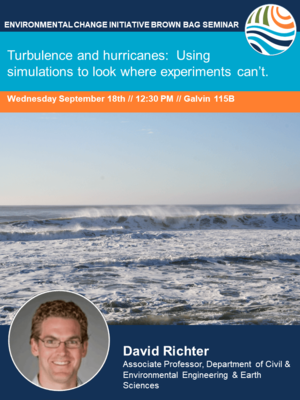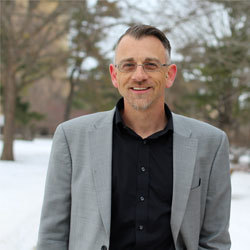ND-ECI Brown Bag Seminar: Pallab Mozumder
Title: Natural hazards and internal migration in Bangladesh: The role of transient versus permanent shocks.

Abstract: We examined whether floods and cyclones, which can be considered as transient…
Wednesday, September 11, 2019
Title: Natural hazards and internal migration in Bangladesh: The role of transient versus permanent shocks.

Abstract: We examined whether floods and cyclones, which can be considered as transient…
Monday, September 16, 2019

This new time frame allows us to align the event with…
Tuesday, September 17, 2019
“Research Uncorked” is a monthly speaker series at Ironhand co-hosted with Notre Dame and featuring casual talks by leading scholars and scientists from the university. In September, we’re pleased to welcome Jennifer Tank, Galla Professor of Biological
Sciences and director of the Notre Dame…
Wednesday, September 18, 2019
Title: Turbulence and hurricanes: Using simulations to look where experiments can't.

Abstract: In the environment, air and water transport a wide variety of constituents,…
Saturday, September 28, 2019

Jason Rohr, Ph.D., Ludmilla F., Stephen J., and Robert T. Galla College Professor of Biological Sciences
Learn…